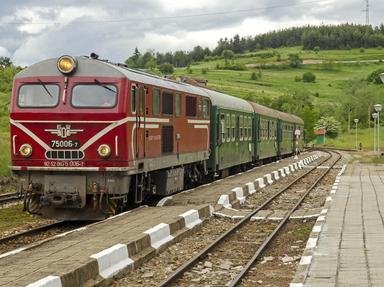Quiz Answer Key and Fun Facts
1. Crossing the English Channel from Dover to Calais, I drive west towards a town in Normandy for the first stop of my trip. It is famous for its centuries old tapestry and being one of the first towns liberated on June 6th, 1944.
2. After stopping at Mont-Saint-Michel for a day trip, and then Fougéres for two nights, which is a small town on the edge of Brittany, I head south-east towards the first major city of my trip, most famous for hosting a 24 hour motor race every summer at the Circuit de la Sarthe.
3. My next stop is further east still, a city on the banks of the Loire. It is the site of a battle on May 8, 1429, where Joan of Arc helped lift a siege, earning the nickname 'Maid of what'?
4. After a few days travelling central France, I start to head south. On my way to Bordeaux, I stop at a small French town. It is famous for being left abandoned as a memorial to all those killed in World War II, the population of the town being massacred on June 10th, 1944.
5. My last stop in France, for the time being, is in Bordeaux, which is the capital of which region of the country?
6. Next stop: Spain! Entering the country by crossing the Pyrenees, we come to this city, home to a Guggenheim Museum, which opened to tremendous fanfare in 1997.
7. My final stop in northern Spain, this time to the north-west, is known as the final destination for the 'Way of St. James' pilgrimage route.
8. Next stop: Portugal! While most people may have headed straight to Lisbon, I head to a town roughly 30 kilometres away, home to such sights as the Pena National Palace and the Covento dos Capuchos.
9. In which year was Porto's historical centre awarded UNESCO World Heritage status?
10. After driving back into Spain, visiting Seville and Cadiz, I finish this first portion of my European leg at Gibraltar, which is the overseas territory of which nation?
Source: Author
minardifan
This quiz was reviewed by FunTrivia editor
agony before going online.
Any errors found in FunTrivia content are routinely corrected through our feedback system.
